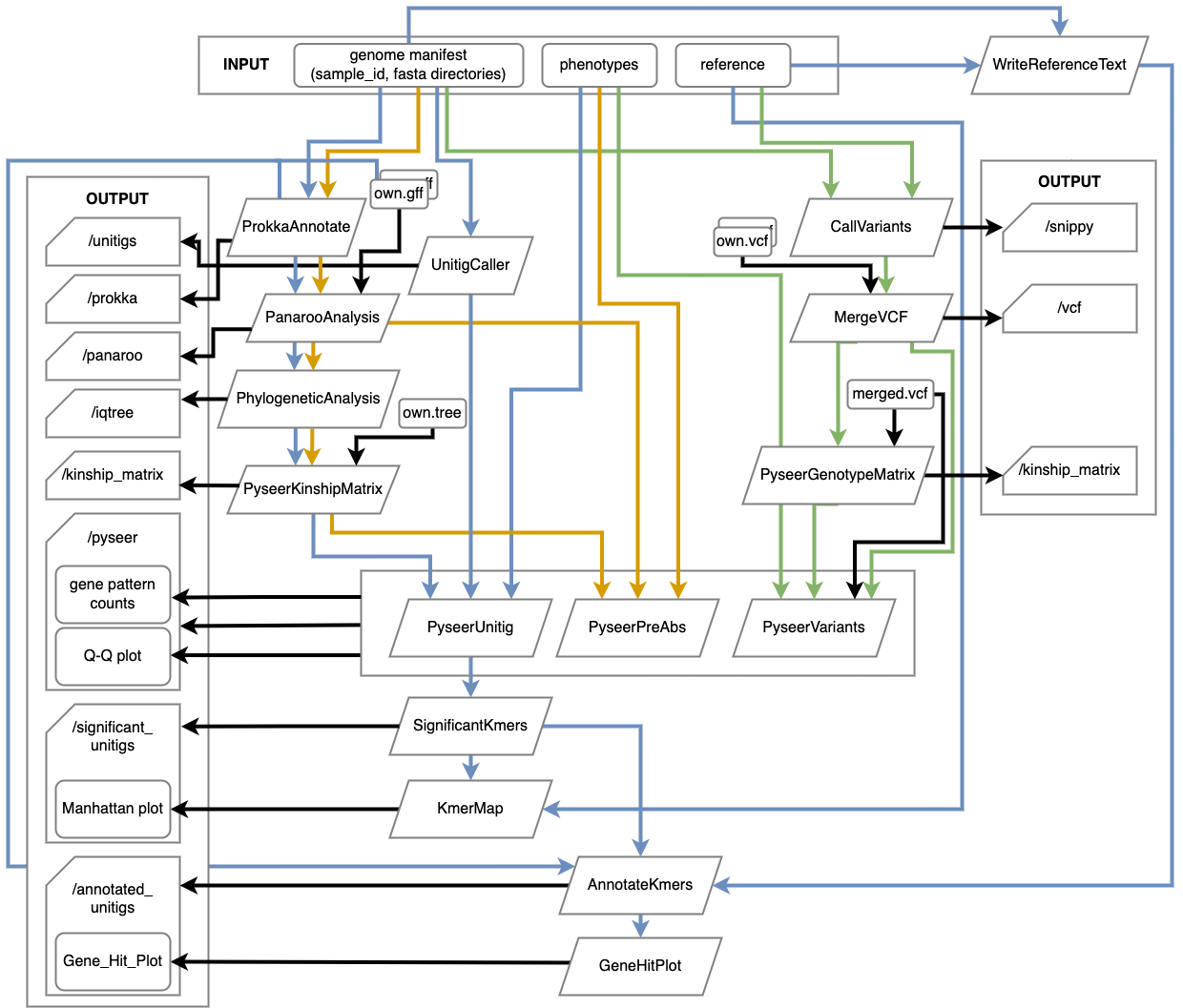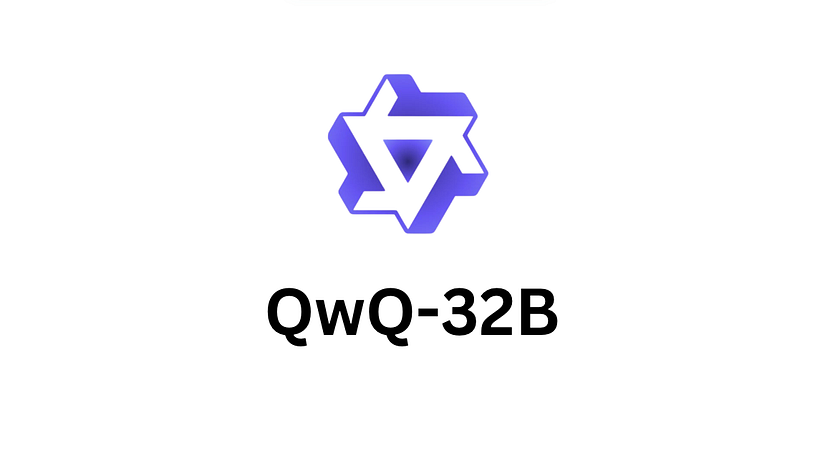Em 1957 o Bulletin de Psychologie publicou uma recensão da produção dos dez anos pregressos, contendo tudo o que foi produzido em Psicologia e áreas afins (sem esquecer de colocar a definição do que...
Postagens de Rogue Scholar

I set out last time to discuss some of the tensions that persist in afflicting cosmic concordance, but didn’t get past the Hubble tension. Since then, I’ve come across more of that, e.g., Boubel et al (2024a), who use a variant of Tully-Fisher to obtain H0 = 73.3 ± 2.1(stat) ± 3.5(sys) km/s/Mpc.

I recently came across a blog included in Rogue Scholar that was producing a barrage of posts along the lines of “Animals that start with [letter]”. They included the inspiring “Animals that start with P”, the highly original “Animals that start with H” and of course the intriguing “Animals that start with M”. Here is the introduction to that one: Any opening like this sets off my LLM alarm bells.

I’m passionate about the written word but conversely, I’ve turned to digital media to encourage people to read.

In the first battles of the biological era, survival belongs not to the strongest, but to those who can evolve the fastest.

This week’s recap highlights new methods in genetic epidemiology, mostly centered around genomic data sharing and privacy-preserving methods: a short commentary on genomic data sharing highlighting how new challenges complicate large-scale data sharing practices, a privacy-preserving method for QTL mapping, privacy-preserving methods for federated biobank-scale GWAS analysis, a Nextflow pipeline for polygenic score QC and construction, and new
I realize that the titular statement is open to misinterpretation so let me head that off at the pass: I’m not saying this prescriptively, like you should learn anatomy to become a better person (you should learn anatomy because it’s accessible and it rules), or that knowing anatomy makes people better.

Introduction I’ve been exploring how artificial intelligence is transforming our lives. It’s doing incredible things—think better medical diagnoses or self-driving cars—but there’s a darker side that’s tough to overlook. AI is being weaponized to create and spread misinformation, especially in politics, and it’s a growing problem. I stumbled upon research in Nature by Garimella and Chauchard (2024) that really opened my eyes.

How QwQ-32B Is Redefining Efficiency and Reasoning in Open-Source AI

This post explores and analyses the article ‘How to track the economic impact of public investments in AI’ by Julia Lane and colleagues. The article was published in 2024. For the open-source version of this blog post, please click this link.
This seems to have gone under the radar: Accelerating Access to Research Results: New Implementation Date for the 2024 NIH Public Access Policy.